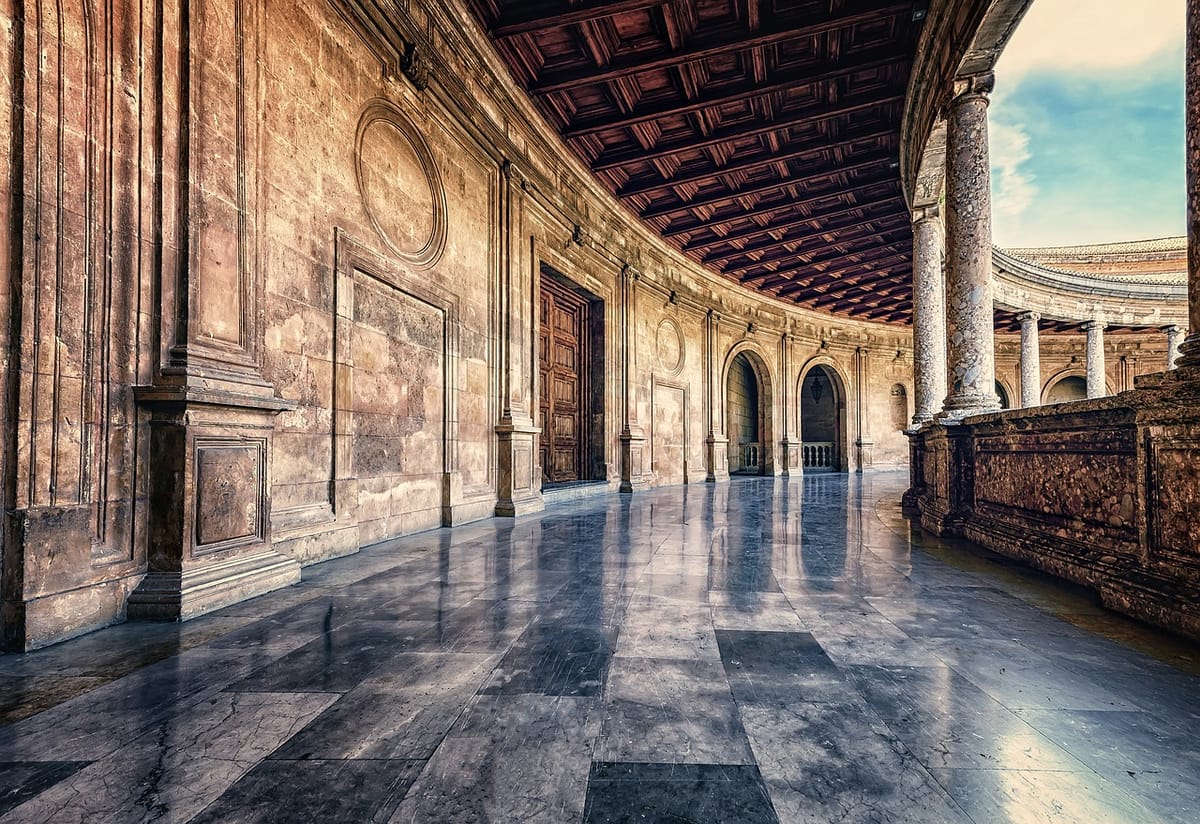TOP FIVE MOORISH DESTINATIONS IN SPAIN
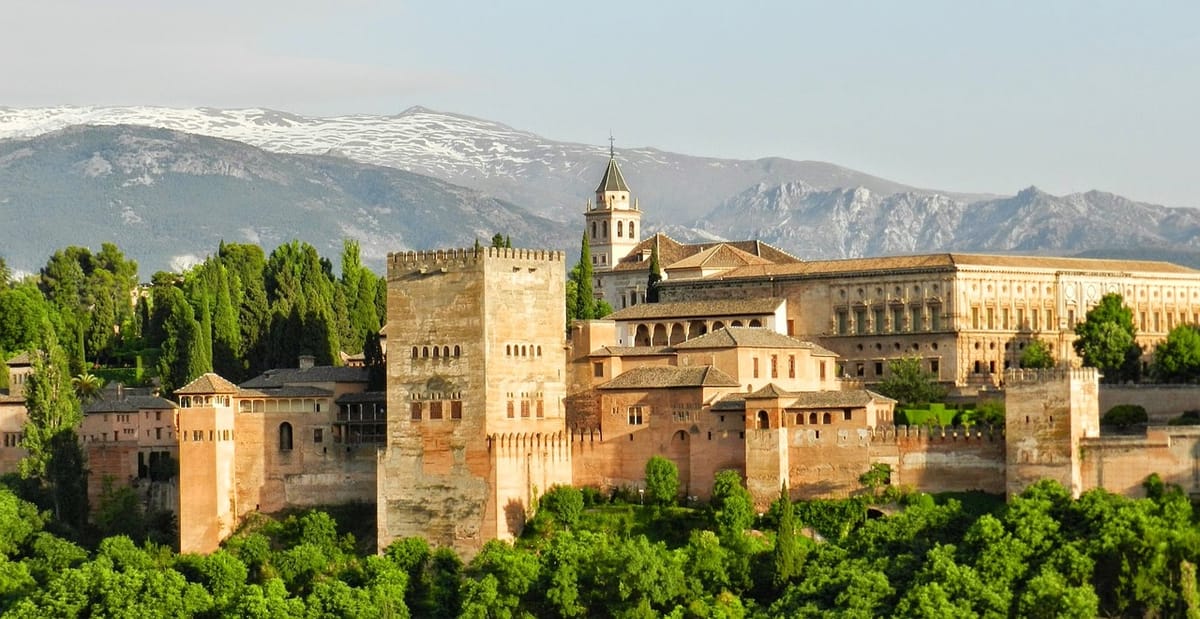
Have you dreamed of the flying carpet and the magic lantern? No need to fly out of the Schengen Zone to meet your Aladdin or Shaherezade. Head to Spain to take delight in the Oriental temptation of the Iberian Peninsula, and explore the Moorish architectural heritage.
Whereas you can find some unique Gothic and Modernist architectural marvels in Spain, parts of the Peninsula had been ruled by the Arabs before the Spanish Reconquista ended in their retreat from mainland Spain.
Nevertheless, you can come across vestiges of the Arab period of Spanish history in the many landmarks that have been dubbed Moorish to emphasize their Oriental inspiration.
Moorish architecture in Spain is a captivating testament to the rich cultural heritage of the Iberian Peninsula that won't leave an architecture buff unimpressed.
Its history is a reflection of the intricate interplay of Islamic and Western influences, resulting in some of the most iconic architectural marvels in the world.
The Moorish architectural legacy in Spain can be traced back to the 8th century when the Moors, North African Muslims, crossed the Strait of Gibraltar and established their rule in the region. Over the following centuries, a distinctive architectural style began to emerge, characterized by its intricate geometric patterns, ornate tilework, and the extensive use of horseshoe arches.
One of the most iconic examples of Moorish architecture in Spain is the Alhambra, a sprawling palace and fortress complex in Granada.
Built during the Nasrid dynasty in the 13th century, the Alhambra is renowned for its stunning courtyards, lush gardens, and exquisite stucco work. The Nasrids blended Islamic, Christian, and Jewish design elements, creating a unique fusion of styles that epitomizes the harmony of different cultures in medieval Spain.
Note that the site is also home to some unique Moorish baths, a treat to the most demanding of the heat & steam lovers.
Another masterpiece of Moorish architecture is the Great Mosque of Córdoba, also known as the Mezquita. Originally constructed in the 8th century, it showcases the remarkable double-arched horseshoe design that became synonymous with Moorish architecture. The mosque was later converted into a Christian cathedral, representing the shifting political and religious dynamics of the region.
Throughout Spain, you can find numerous other examples of Moorish influence, from the Alcazar of Seville to the Aljafería Palace in Zaragoza. These structures stand as symbols of the Moors' architectural prowess ever present in the Spaniard's mind and their enduring impact on Spanish culture.
The Moors ruled over parts of Spain for nearly 800 years, and their architectural legacy endures as a testament to their skill, innovation, and the cultural diversity that defined medieval Spain. Today, Moorish architecture remains a source of inspiration and admiration, drawing visitors from around the world to explore the knock-dead charm of this unique architectural style.
Granada, the gem of Moorish Spain
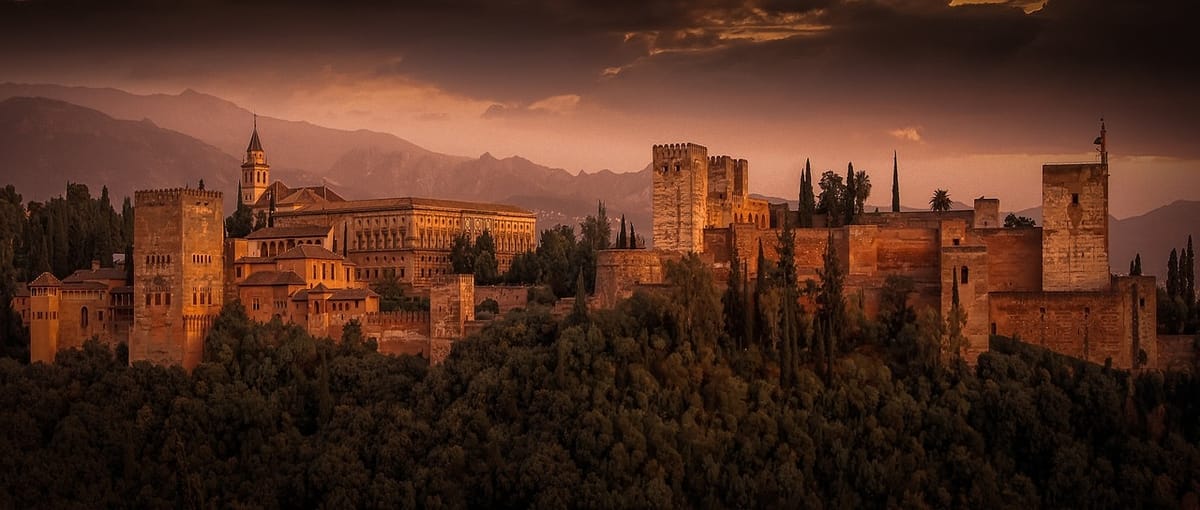
Succumb to the grandeur of the palace of the Nasrids, or its post-Arabic additions such such as Charles the Fifth Palace, and other sites that make of Alhambra in Granada one of the greatest sites of Islamic architecture in Spain, a testimony to its cosmopolitan past.
Situated in Andalusia, Granada is one of the best cities to visit in Spain to unveil its Arabic past. Here you can find not just the magnificence of Alhambra, but also other unique areas of the city such as its old town.
Bear in mind that even though construction began in the 13th century, its appearence has been altered and now stands for the very essence of the eclectic nature of Spanish architecture, a veritable potpourri of influences.
Note that you can pay a visit to Sierra Nevada Mountains, and check out the scenic surroundings of Granda.
Also keep in mind that since Granada is located in Andalusia, the storied Al-Andalus, you can visit it throughout the year and take delight in its balmy climate.
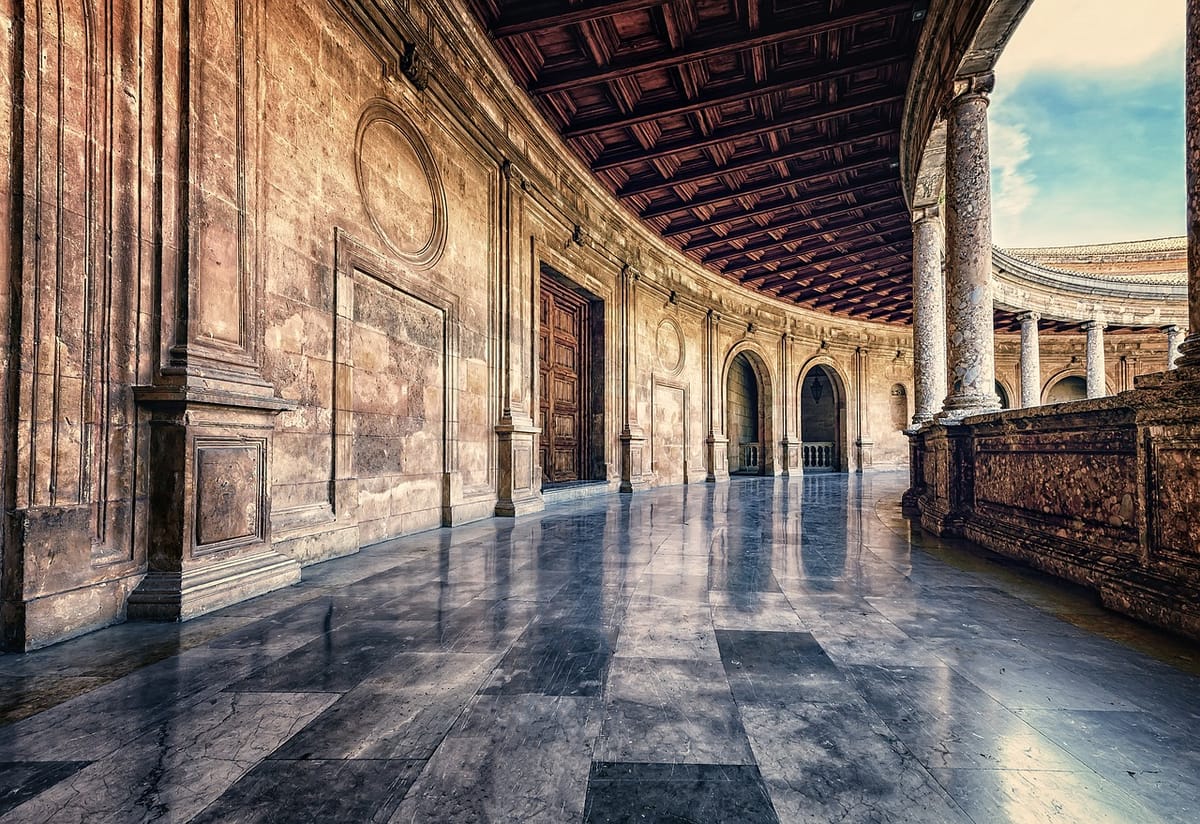
Cordoba, explore the UNESCO World heritage site and plunge into the heart of Moorish Spain
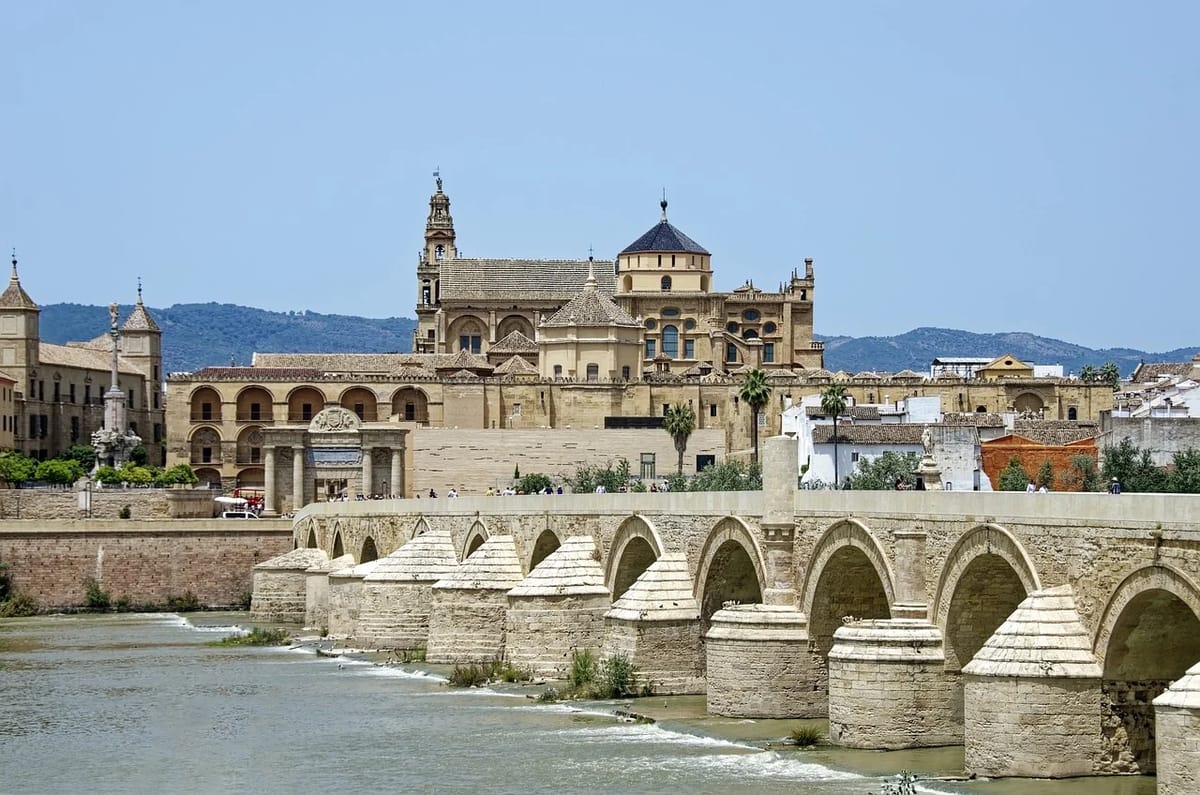
Home to such architectural marvels as Judea Quarter, lying around the city's Grand Mosque, also known as Mezquita, or Medina Azahara, a historical downtown that lures architecture lovers from all over the world, Cordoba is known as the capital of the Islamic Spain.
For centuries the tolerance of its rulers seemed to epitomize the open-minded and outlook of its populace, being a veritable beacon of religious and cultural pluralism in the Mediterranean.
Here you can find not only the beauteous structures of Medizna Azahara, like Abdarahman the Third's Hall, but also ancient fortified structures such as Torre de la Callahora.
Note that whereas edifices have been left intact and the Islamic townscape is still manifest, some of the vestiges found their way into the world's largest museums' collections: for example, The Pyxis of al-Mughira, one of the pieces of luxury produced inside Madinat al-Zahra, a palatilal workshop that was once known for its unrivalled craftsmanship and assiduousness.
Also, don't miss out on the remnants of Al-Jama Mosque, lying in the environs of Cordoba, part of Medina Azahara; or other architectural left-overs such as the North Gates and various sites of ablution; or the splendidly reconstructed Salon Rico among a wealth of other architectural attractions scattered around town.
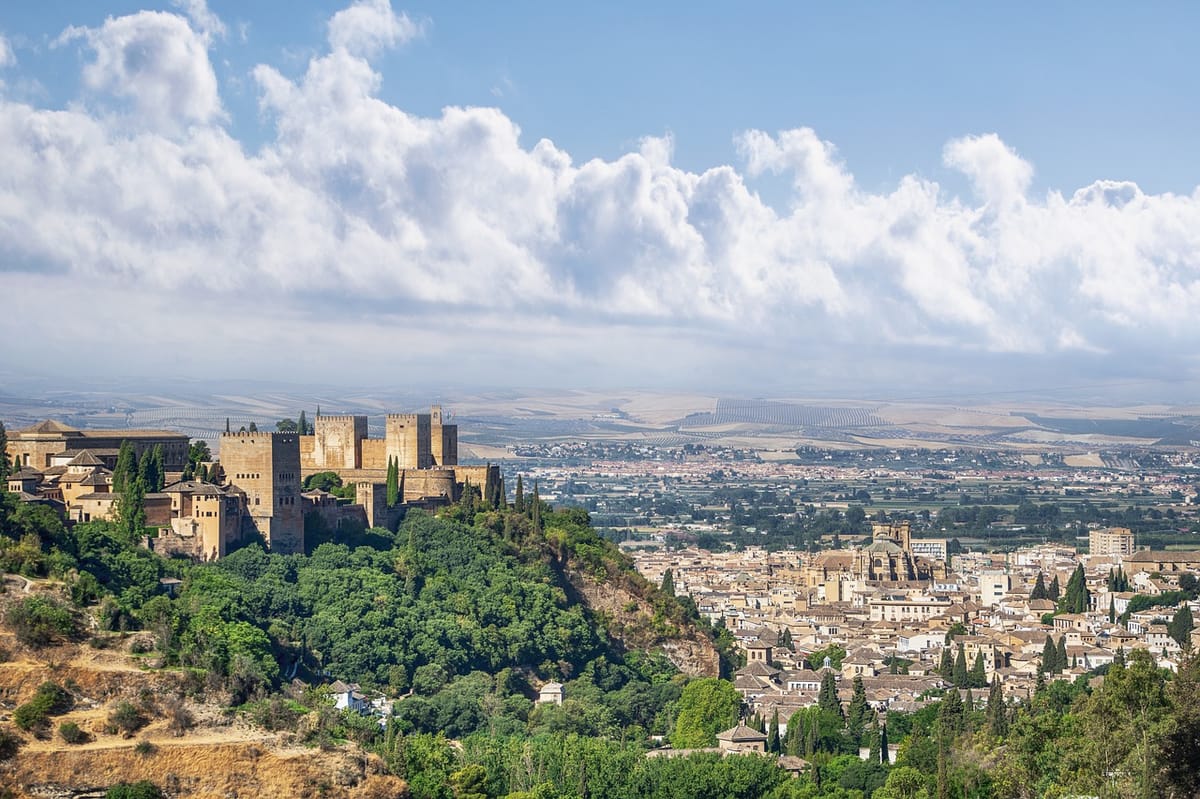
Sevilla, a one-of-its-kind UNESCO World Heritage Site
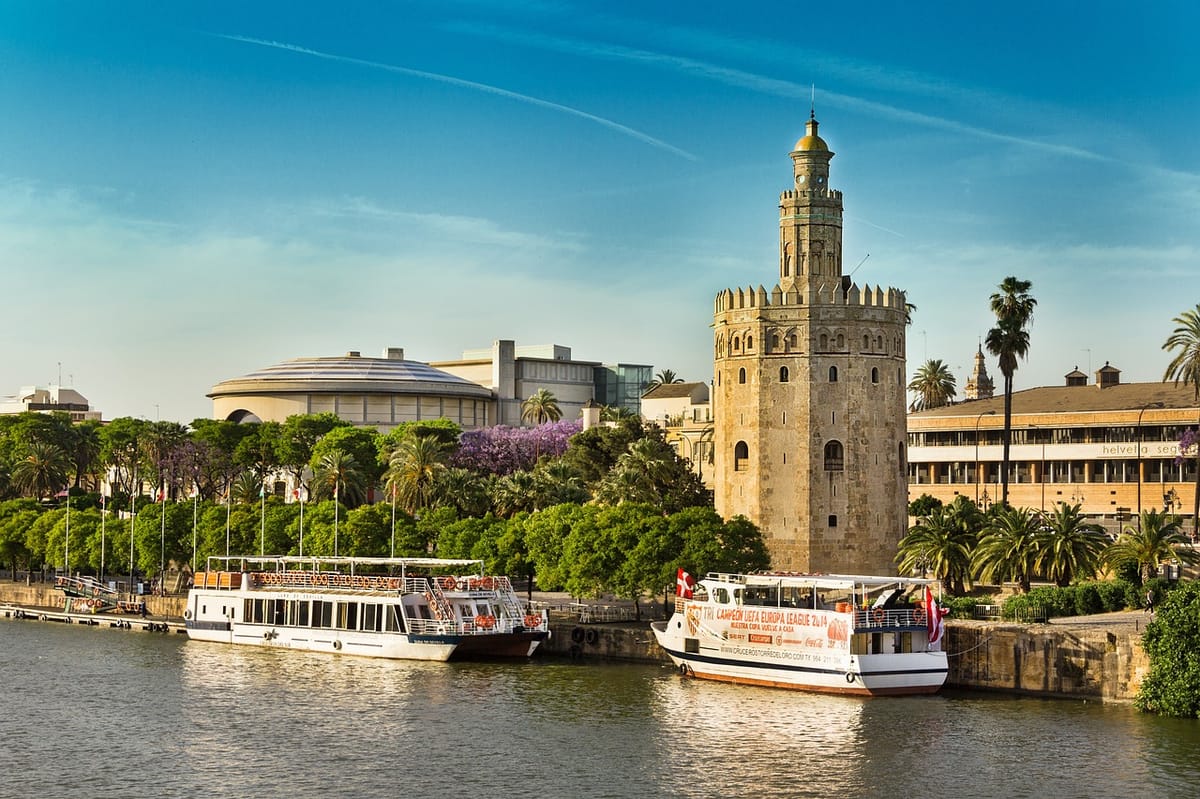
Famed throughout Spain for its spacious Alcazar, there are many other tourist magnets that date back to the Islamic period of Spanish history.
Apart from the many landmarks located in Alcazar, such as Patio de Banderas; Giralda Tower, pay a visit to Santa Cruz Barrio, a quaint district featuring a lot of ancient Islamic architectural marvels looming over the Guadalquivir River.
Also, don't lose out on the city's principal watchtowers, so crucial for the successful defense of the city from the onslaughts of the Christians.
Zaragoza

Even though somewhat over-shadowed by the profusion of Moorish architecture in cities like Granada and Cordoba, Zaragoza offers many hidden gems when it comes down to Moorish architecture.
Here you can come across the tantalizing allure of the Zaragoza Walls, tracing its past to the period of Islamic rule; the palace of Al-Jaferia, arguably the city's most Moorish landmark, boasting Islamic, Romanesque, Gothic, and Renaissance element and prized among tourists and locals alike for its exquisite stucco work, horseshoe arches, and beautiful garden; and other architectural treasures such as Ibd Hud Mosque, and many other historical sites.
What is more, you can gawk at the beauty of Nuestra Senora del Pillar Basilica and a stunning shrine to Virgin Mary, and is drop-dead nature marvels such as the Ebro River and its scenic embankment, which underline the cultural melange of the city.
Keep in mind that the La Seo Cathedral was built on a site of a former mosque, highlighting how many Moorish sites in Spain have not made it to our day.
Toledo
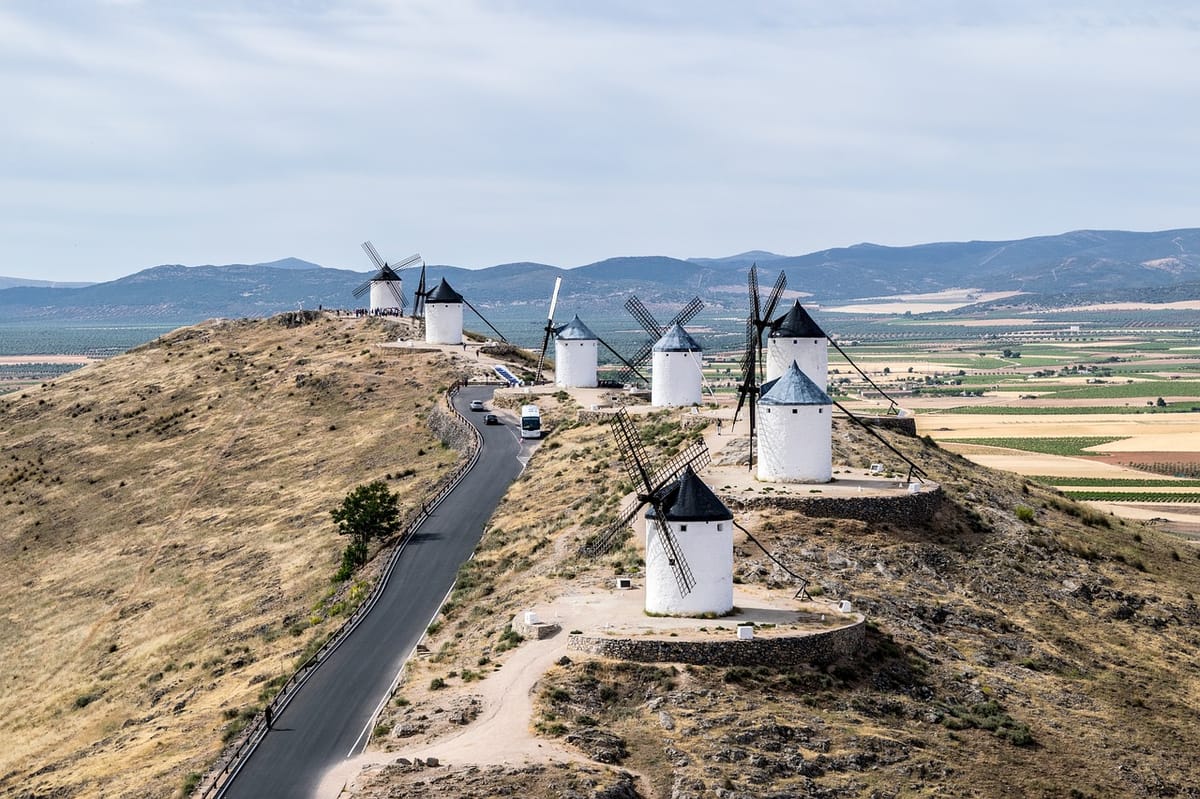
Have you been looking for your corner of North Africa in Spain? Of seeing for yourself the Moorish rule' best Moorish architecture in the Islamic world and Iberian peninsula?
Think no more, and head to Toledo, a UNESCO-listed site, the city is steeped in the Moorish culture and Moorish history.
Here you can find not just architectural vestiges of the Moorish rule like Alcazar del Toledo; or Puente de Alcantara, a bridge spanning the Tagus river but also sites that blend the best examples of Islamic emirates' architectural history and heritage of the Western Europe that rival the intricacies of the best Moorish site, manifest in the eclectic beauty of two synagogues, Santa María la Blanca, converted into a church and Synagogue of El Tránsito and just as elsewhere in Spain a lot tourist marvels be they Christian iconic sites, or remnants of the historic fortifications that bear witness to the grandeur of Spanish history.
Bonus:
Castillo de Gormaz (Gormaz)
Situated in the region of Soria in Castille and Leon, the magnificent fortress dates back to the 9th century and is a mind-blowing tribute to the ingenuity and resourcefulness of the Arabs.
It is charecterised by strong fortified walls, but it is arguably its location that makes it one of the most visit-worthy Moorish castles that trace their history to the Muslim rule.
Head to the Central Spain to sense the allure of the Middle East and sense the metaphorical gusts of wind hailing from the Northern Africa, a wind that once put fright into even the most indomitable Catholic monarchs, both Christian kings and queens, and their Christian kingdoms.
Almonaster la Real Mosque (Huelva)
Lying in the picturesque Andalusia, the gem of Southern Spain, the Almonaster la Real Mosque is a one-of-its kind site to visit for a Moorish Spain aficionado.
First and foremost, it has not just almost left unscathed by wars and other disasters, it has also been well maintained and boasts some unique Southern Spain Moorish elements.
Head to one of the best Moorish sites in Spain to sense the grandeur of Islamic empires, and see for yourself one of the earlier mosque attractions in Al Andalus.
Only knowledge of Arabic language will allow you to describe its beauty and its unique Moorish style.
Note that the site is the only rural mosque that survives to this day in the whole of the Iberian Peninsula.
Iglesuela del Cid Castle (Teruel):
Lying in the province of Teruel, the small municipality is redolent with the charm of ancient Moorish design, and is a Muslim stronghold that may have changed its appearence since the Middle ages yet remains one of the best Moorish sites to visit in Spain, outside of Al Andalus.
Note that the municipality's townscape has been drastically altered under the Christian rule yet the remnants of the defensive walls still ooze out the mesmeric aesthetics imparted into the site by the Moorish rulers of yore.
Albarracín Castle (Teruel)
With its fortifications looming over the land, and its appearence being so striking as to make you imagine yourself a sultan or a sultana at the apex of a siege, the castle not only boasts an unrivalled exterior but also provides a glimpse into the land of Moorish rulers that even though succumbed to the will of the Christian kingdoms, still finds resonance in the heart of almost every Spaniard.
LUJAR Watchtowers (Cordoba)
Serving as look-out structures under the Moorish rulers, LUJAR Watchtowers rank among the best Moorish sites in Spain. Note that they provide not only into the region's rich architectural past, but also gob-smacking views of the surrounding Sierra Nevada Mountains.
Bonus x2: Check out Moor's Last Sigh if visiting Al Andalus, for some of the action takes place in the majestic Al Andalus...

